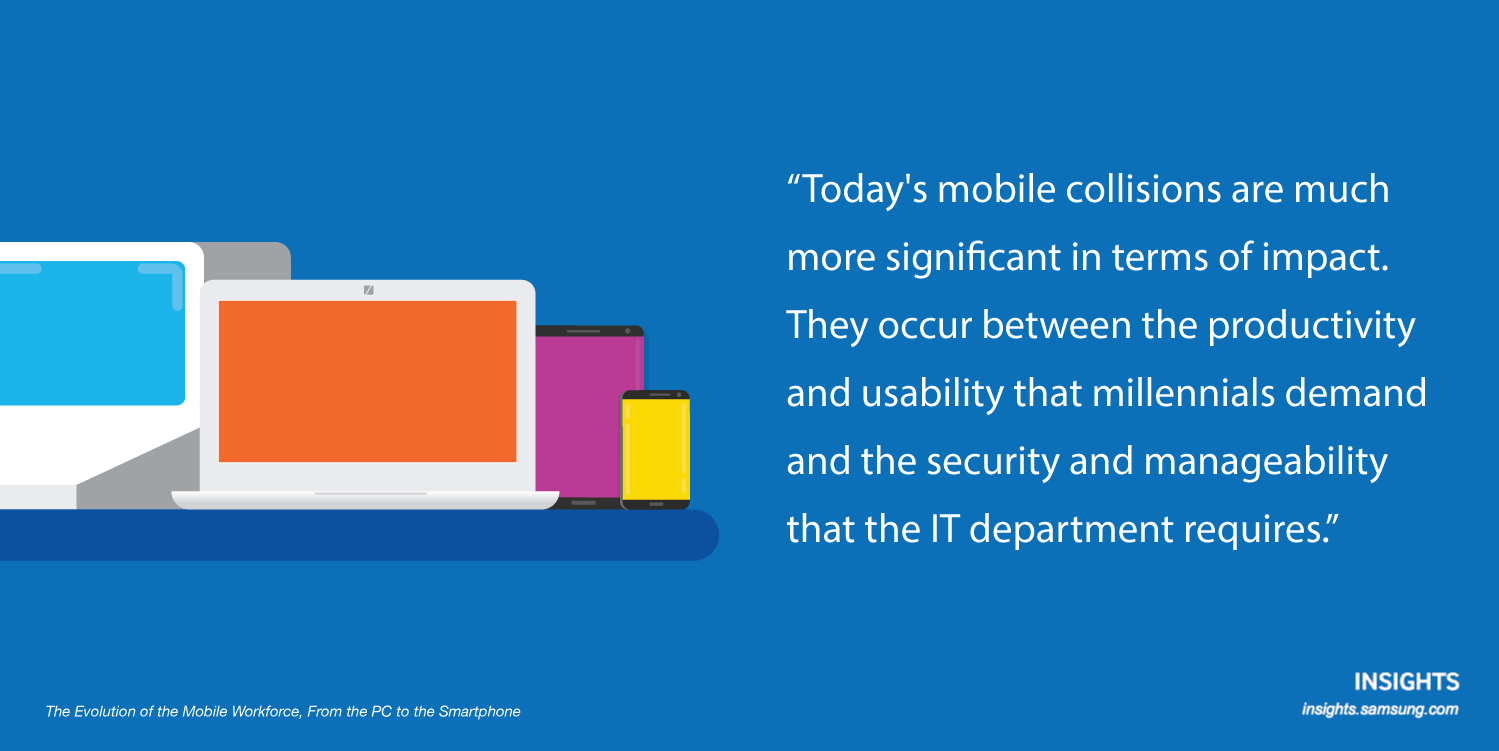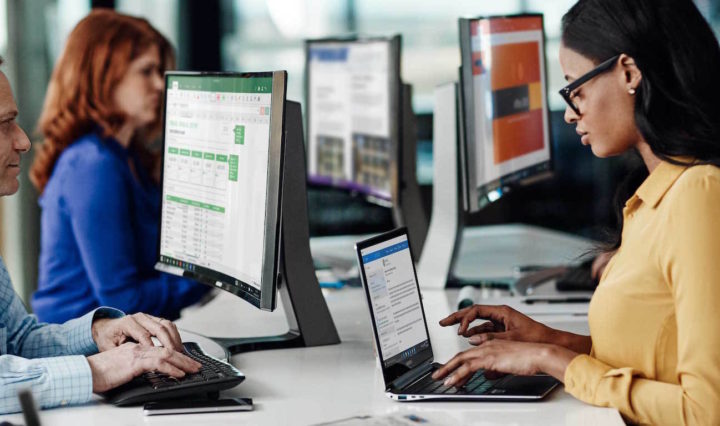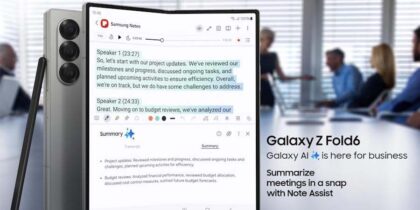I started my career years ago — way back when I was the same age as today’s millennials, long before the emergence of a true mobile workforce. Working as a systems engineer for Hewlett Packard, my responsibility was to visit customers with a sales representative and answer all the technical questions about the products. One of the first products we were selling was the HP-85, HP’s technical precursor to today’s PC. This device was a big deal, as it was the first opportunity for engineers to run their own computing programs from their desks.
It’s amazing to look back at the specs of this computing device that was considered cutting-edge in the early 1980s: The HP-85 had a 625-kHz CPU, 8K of RAM and a 5-inch monitor, and it cost over $3200. In comparison, a typical smartphone today also has a 5-inch monitor, but comes with 32G of storage and a 2.15-GHz CPU, enabling a mobile workforce that totals in the millions. So, over the past 35 years or so, the costs have decreased 75 percent for over 3,000 times the computing power in the palm of your hand.
Balancing Security and Productivity
The closest I got to mobile computing early in my career was loading the 20-pound HP-85 on a dolly and carting it around from customer to customer. When I would hit a bump, the HP-85 would tip over and fall in the middle of the street or a hallway — this was our version of a mobile collision.
Today’s mobile collisions are much more significant in terms of impact. They occur between the productivity and usability that millennials demand and the security and manageability that the IT department requires. They happen when the user needs a feature like texting to do their job, but the IT department needs secure messaging. They happen when an employee wants to use a single device in their work life and personal life, but the company wants to protect its sensitive data.
Making a timely and effective technology investment that recognizes the value mobility offers — giving workers access to people and information anywhere, anytime — is a critical challenge facing companies today. This is the collision that we need to manage and harness positive energy from, as opposed to having overbearing processes and policies that dissipate mobility’s potential and frustrate the workforce.

Smartphones are shaping the way we work.
Read the white paper to learn how mobility boosts workplace productivity. Download Now
Adapting to the Millennial Generation
For businesses to make a successful technology investment, they have to understand the way millennials use mobile devices. The Pew Research Center‘s analysis shows that millennials made up a greater percentage of the labor force than Generation X or baby boomers as of the first quarter in 2015. The report also notes that immigration and the retiring baby boomer generation are two factors that will contribute to the expected continued and rapid growth of millennial workers.
As “digital natives,” millennials have grown up with technology. According to Kate Meyer with the Nielsen Norman Group, a digital native is someone who has been “raised in a digital, media-saturated world.” Many sources cite that millennials will make up 75 percent of the workforce by 2030, with some saying this date will come sooner. Millennials don’t just want a better mobile and online experience, they need it, because they run their lives through connected technology. They demand access to data and services wherever they go. They want to work anytime, anywhere.
Millennials — as customers, constituents and employees — are causing organizations, businesses and government to radically shift the way they think about technology. The Digital Marketing Resource Center writes, “[because of] their comfort and facility with digital technology, digital natives are already having a tremendous impact on the business landscape.”
Every organization needs to offer a seamless mobile experience to attract millennials and to capture all the benefits that come with a mobile workforce. A smart first step is to invest in mobile technology that enables businesses to meet the fundamentals of security and manageability while simultaneously delighting their user base.
Curious about exactly how much mobility increases workplace productivity? Check out this infographic.









